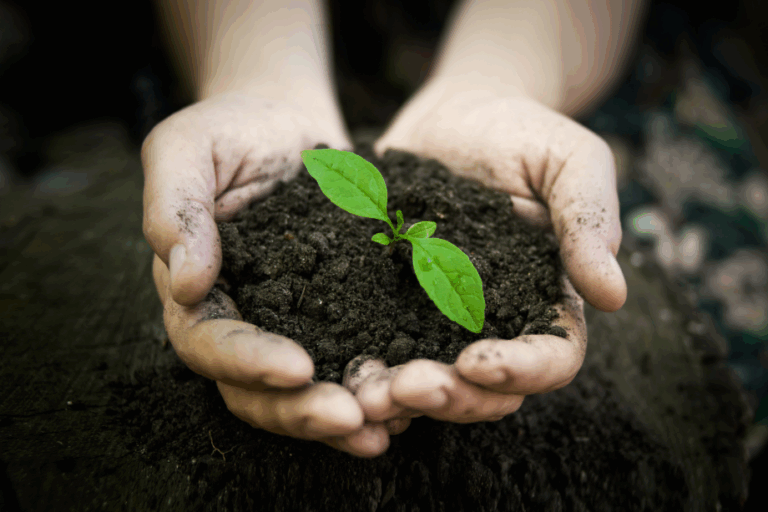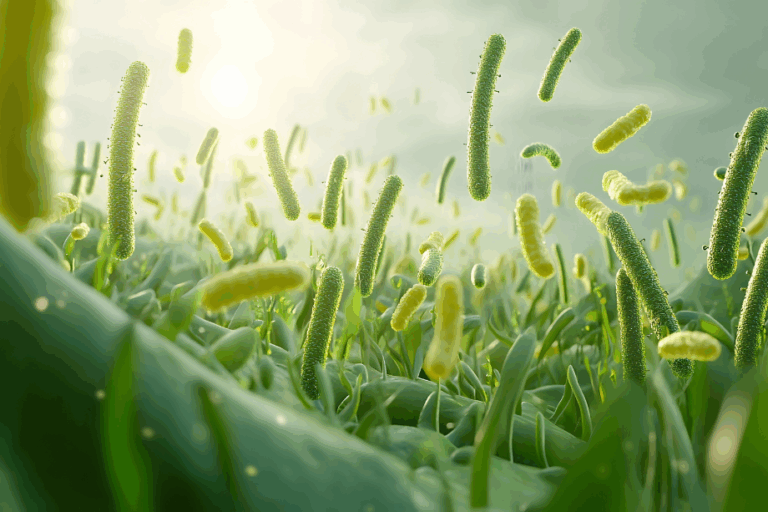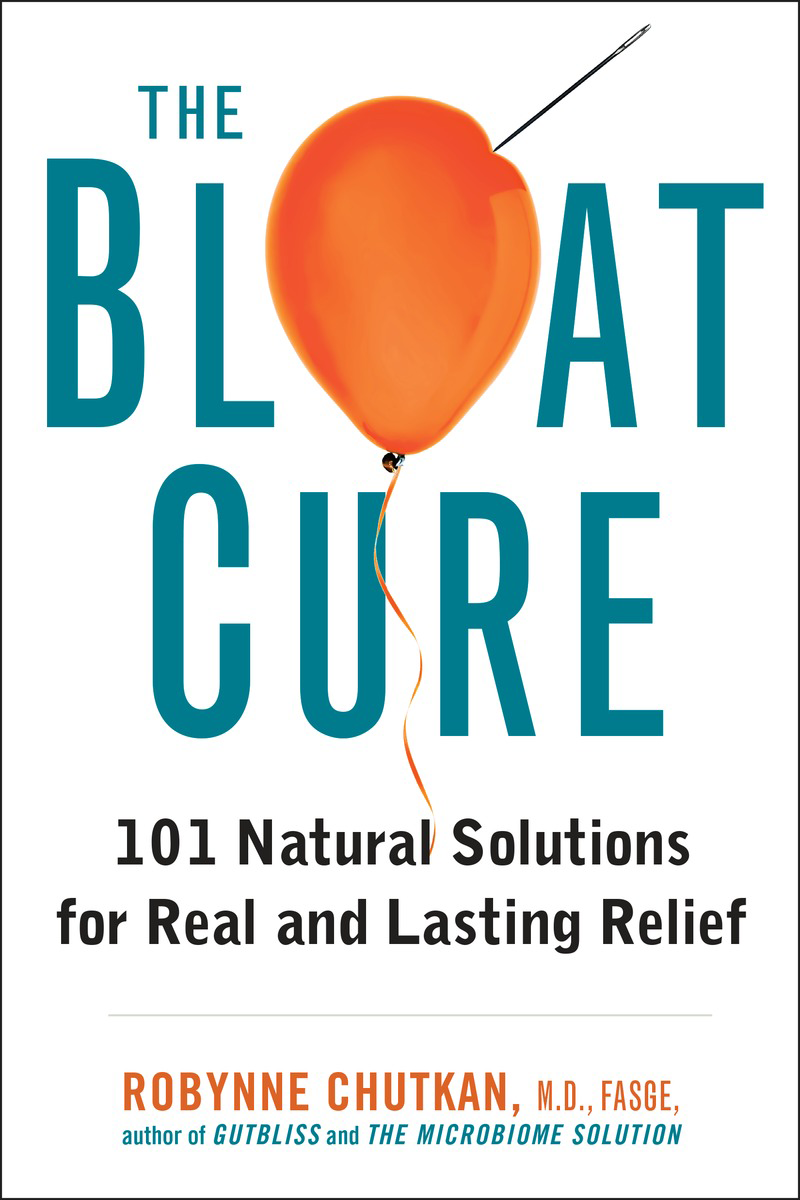Watch Dr. Chutkan as she explains the importance of turning around and taking a look!
Exploring the connection between what you put in your body and what comes out the other end should be an open conversation, not a dirty little secret. Hard to pass pebbles may be a sign that you need to up your veggie intake; stuck stools may simply need a little more water to help lubricate their passage; and loose stools accompanied by gas might mean your milk drinking days are over. A bounteous, satisfying stool the day after eating a high fiber meal is your body giving you a high five for doing something right. Making these connections between how you’re living and how you’re feeling is a crucial part of being healthy – and turning around to take a look at what’s in the toilet bowl can add valuable information.
So how do you figure out what your stool is telling you, and how do you know when you’ve achieved what I call stool nirvana? Here are 5 key factors that I encourage you to assess:
1. Color
- Brown: bile and bilirubin pigment from dead red blood cells give stool its characteristic brown color.
- Pale & chalky: can be a sign of liver disease or clogged bile ducts, often accompanied by dark urine, as the bile is excreted through the kidneys instead of the digestive tract.
- Yellow: may mean a parasite like Giardia or excess fat in the stool because of a pancreas that’s not secreting enough enzymes.
- Green: can be the result of Clostridium difficile infection or antibiotics.
- Red: occurs with bleeding from the colon or eating beets.
- Black: usually signifies bleeding from higher in the GI tract or a result of an iron supplement.
- Light brown: may mean not enough deeply pigmented leafy greens.
- Blue: food coloring can turn your stool blue.
Color of stool nirvana: a deep brown color that looks like melted chocolate. A deep greenish stool can also be a sign of stool nirvana if you’ve been eating hearty helpings of leafy greens and other green vegetables.
2. Consistency
- Hard stool, difficult to pass: dehydration is one of the commonest causes. Drink at least a liter of pure water daily to keep your stool moist and easy to pass. An under-active thyroid and narcotic pain relievers are also associated with hard stools.
- Loose stool: can be a sign of lactose intolerance, food allergies, diabetes (when the nerves that control motility of the GI tract are affected, but it can also slow transit down and cause constipation and hard stool), an over-active thyroid, inflammation in the colon, or a GI infection. Antibiotics, magnesium-containing antacids, and diuretics can cause diarrhea.
- Soft, bulky stool that’s easy to pass: ideal stool consistency, reached by consuming plant fiber in fruits, vegetables, and beans that add bulk to your stool, making it easier for your colon to push it out. Try eating a kale and berry smoothie in the morning, split pea soup with a salad for lunch, and lentils and brown rice for dinner to give your stool amazing bulk and an ideal consistency.
Consistency of stool nirvana: a soft, bulky stool that sends a strong signal when you need to go and exits easily but is not so loose that it leaks out.
3. Clarity
- Undigested food particles: bits of vegetable matter in the stool represent undigested cellulose and are a normal and healthy sign of a plant-based diet. People with inflammatory conditions like Crohn’s or ulcerative colitis may have lots of undigested food particles in their stool because of malabsorption. In those situations there are usually additional symptoms like weight loss, diarrhea, blood in the stool, or abdominal pain.
- Oily stools that float: can be a sign of fat malabsorption from problems with the pancreas, liver, or gallbladder.
Clarity of stool tool nirvana: a little plant matter in your stool within 24 hours of eating it and a stool that sinks to the bottom of the bowl and doesn’t float.
4. Cut
- Pencil-thin stools: can be a sign of colon cancer, diverticulosis, or inflammation in the colon.
- Small pebble-type stools: characteristic of diverticulosis and represent casts of diverticular potholes where the stool has been sitting. Not enough fiber in your diet can also result in pebbly stools.
- Layered stool: stool that has been sitting in your colon a long time waiting to come out may form layers of varying colors and may be large and painful to pass.
- Sausage on a string: premature squeezing of your anal sphincter may pinch off your stool before it has a chance to exit, giving it a sausage on a string appearance.
Cut of stool nirvana: a thick stool the diameter of your wrist, several inches long.
5. Clean-up
- Clean wipe, odorless stool: a stool that leaves no messy residue on exit is characteristic of a very high-fiber diet. The ideal stool is virtually odorless and requires no room deodorizer afterwards, although cruciferous vegetables like cabbage, broccoli, and cauliflower, some types of beans, and dried fruits can cause smelly gas because of incomplete digestion and additional fermentation by bacteria.
- Foul-smelling stool: may be a result of bacterial overgrowth, inflammation in the GI tract, infection, too many sulfur-containing foods, chemicals or artificial flavoring in food, lactose intolerance, or too much processed meat in your diet.
Clean-up of stool nirvana: an odorless stool with a clean wipe and no messy residue.
I hope I’ve convinced you that turning around and taking a look is worthwhile and important. If you do it regularly, you may not need to come see me!







